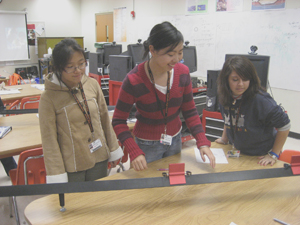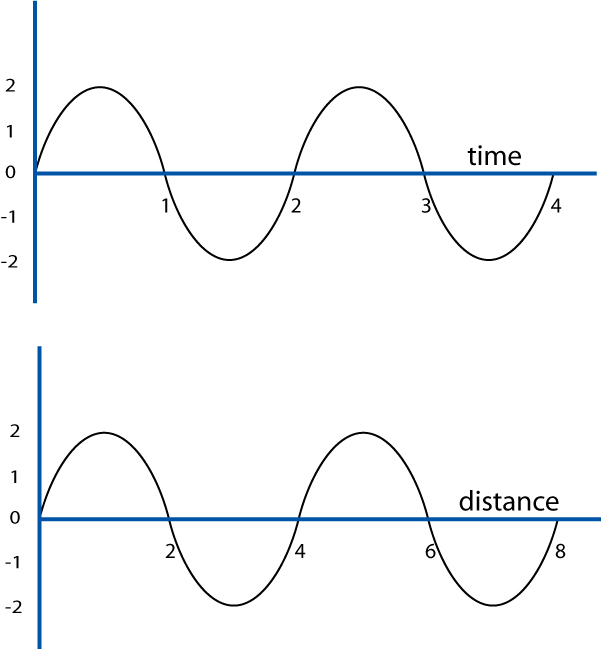 SC Standards
:
SC Standards
:
Indicators
P-5.1 Analyze the relationships among the properties of waves (including energy, frequency, amplitude, wavelength, period, phase, and speed).P-5.2 Compare the properties of electromagnetic and mechanical waves.
P-5.3 Analyze wave behaviors (including reflection, refraction, diffraction, and constructive and destructive interference). P-5.4 Distinguish the different properties of waves across the range of the electromagnetic spectrum.
